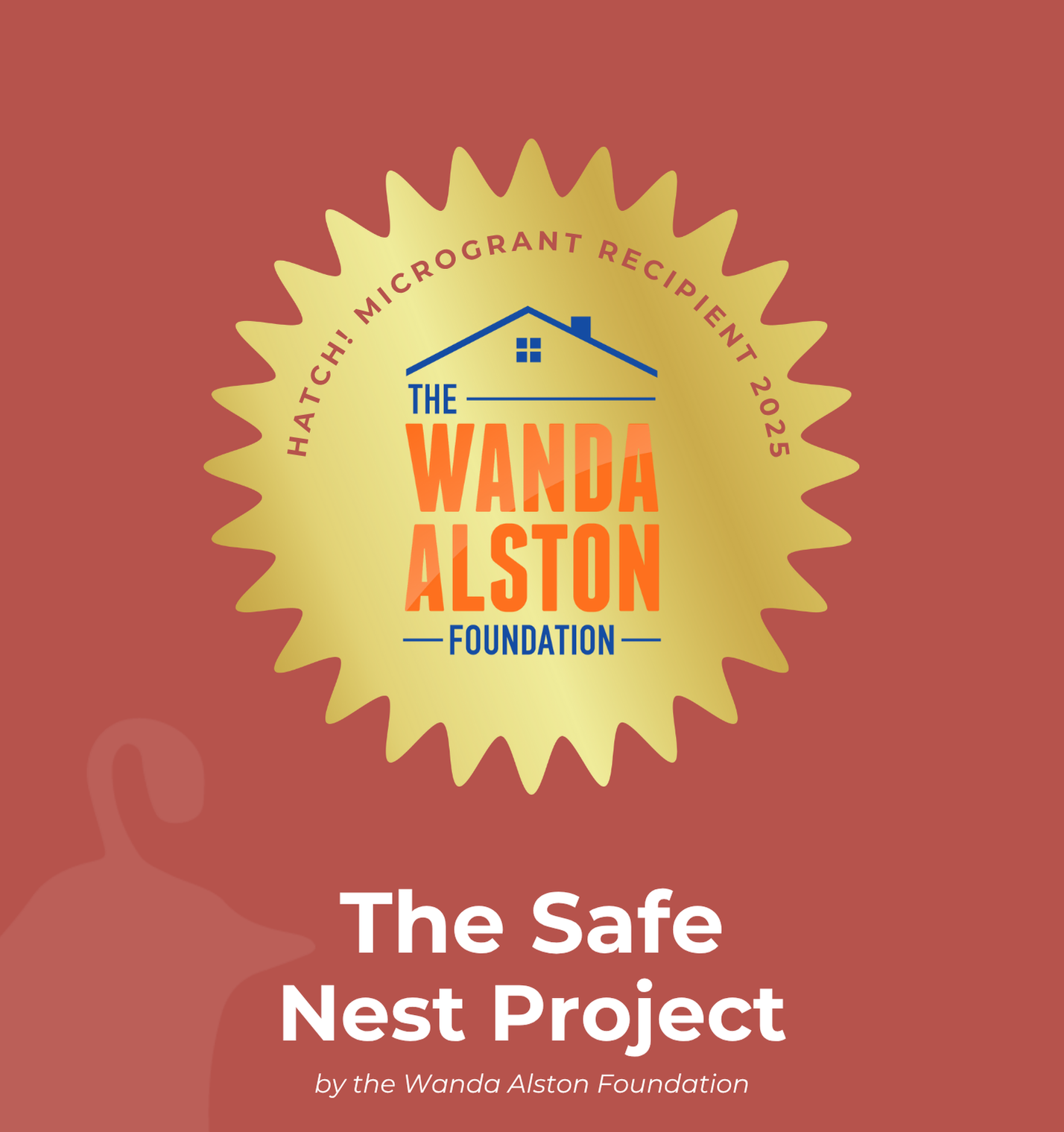Hidden Winter Hazards: Preventing Winter Maintenance Emergencies Before They Start
Nest DC
After managing properties through countless winters, our maintenance team has learned to spot the warning signs of winter emergencies before they happen. Here's your guide to preventing the most common (and costly) winter maintenance issues we encounter.

1. Heating System Failures: The Silent Struggle
The Problem:
Nothing's worse than losing heat during a cold snap. Most heating system failures we see aren't sudden – they show warning signs weeks or even months in advance. In the DC area, where temperatures can swing dramatically, your system needs to be ready for anything.
Prevention Tips:
- Schedule professional maintenance before winter hits
- Replace filters monthly during heavy use seasons
- Listen for unusual noises (clicking, banging, whistling)
- Monitor your energy bills – sudden increases can signal efficiency problems
- Keep vents clear and unblocked by furniture or curtains
- Test your system before you really need it
Warning Signs:
- Uneven heating throughout your home
- System running longer than usual
- Strange smells when the heat kicks on
- Unusual noises during operation
2. Frozen Pipe Prevention: More Than Just Dripping Faucets
The Problem: When temperatures drop below freezing, pipes in exterior walls or unheated spaces are at risk. In older homes common throughout our region, outdated insulation and quirky architectural features can create unexpected cold spots where pipes are vulnerable.
Prevention Steps:
- Identify pipe locations in exterior walls and unheated spaces
- Insulate pipes in vulnerable areas (especially in basements and crawl spaces)
- Keep garage doors closed if there are water supply lines inside
- Open cabinet doors under sinks during cold snaps
- Maintain consistent indoor temperature (at least 55°F, even when away)
- Know where your main water shutoff valve is located
Pro Tip: Those "pipe protection devices" that alert you to temperature drops near pipes? They're worth every penny, especially if you travel during winter.
3. Ice Dams: The Sneaky Destroyer
The Problem: Ice dams form when heat escaping through your roof melts snow, which then refreezes at the eaves. These ice formations can lift shingles and cause interior water damage – particularly problematic in older homes with less insulation.
Prevention Strategy:
- Ensure proper attic insulation and ventilation
- Clear gutters and downspouts before winter
- Remove snow from the roof edges when possible (safely, or hire a professional)
- Check for and seal air leaks between your living space and attic
- Consider installing heating cables in problem areas
Red Flags:
- Icicles forming along the eaves
- Ice or water backing up under shingles
- Water stains on interior ceilings or walls
4. Draft and Insulation: The Energy Vampires
The Problem: Poor insulation and drafts don't just make you uncomfortable – they stress your heating system and can lead to frozen pipes. Historic homes in our area are particularly vulnerable, but even newer properties can develop issues over time.
Solutions:
- Check weatherstripping around doors and windows annually
- Install door sweeps on exterior doors
- Add outlet gaskets to exterior wall electrical outlets
- Assess your insulation levels, especially in attics and crawl spaces
- Consider an energy audit to identify problem areas
Quick Fixes:
- Use thermal curtains on drafty windows
- Add foam gaskets behind outlet covers on exterior walls
- Place draft stoppers at the bottom of doors
- Caulk gaps around windows and door frames
5. Emergency Prevention Checklist
Before Winter:
□ Schedule HVAC maintenance
□ Clean gutters and downspouts
□ Check roof for damaged shingles
□ Test smoke and carbon monoxide detectors
□ Locate and mark water shutoff valves
□ Inspect weatherstripping and door sweeps
□ Check insulation in attic and crawl spaces
During Winter:
□ Monitor indoor temperature
□ Keep cabinet doors open during cold snaps
□ Clear snow from walkways promptly
□ Watch for ice dam formation
□ Listen for unusual heating system noises
□ Check vulnerable pipes during extreme cold
Remember:
The cost of prevention is always less than the cost of emergency repairs. Our maintenance team has seen $50 worth of pipe insulation prevent thousands in water damage repairs.
Ready to stop worrying about winter maintenance?
If you own property in DC, Hyattsville, Chevy Chase, Takoma Park, or Mt. Rainier, we've got your back. While some property owners love the full-service management approach, others just want the maintenance headaches handled. That's why we offer
maintenance-only management services, too – you keep the control, we handle the 2 AM frozen pipe calls.
Curious about taking maintenance off your plate?
Get in touch here to learn how we can help protect your investment this winter.
Want more tips for keeping your home happy? Explore our full collection of home care insights on the Nest DC blog. From summer cooling hacks to spring cleaning guides, we've got you covered all year round.










